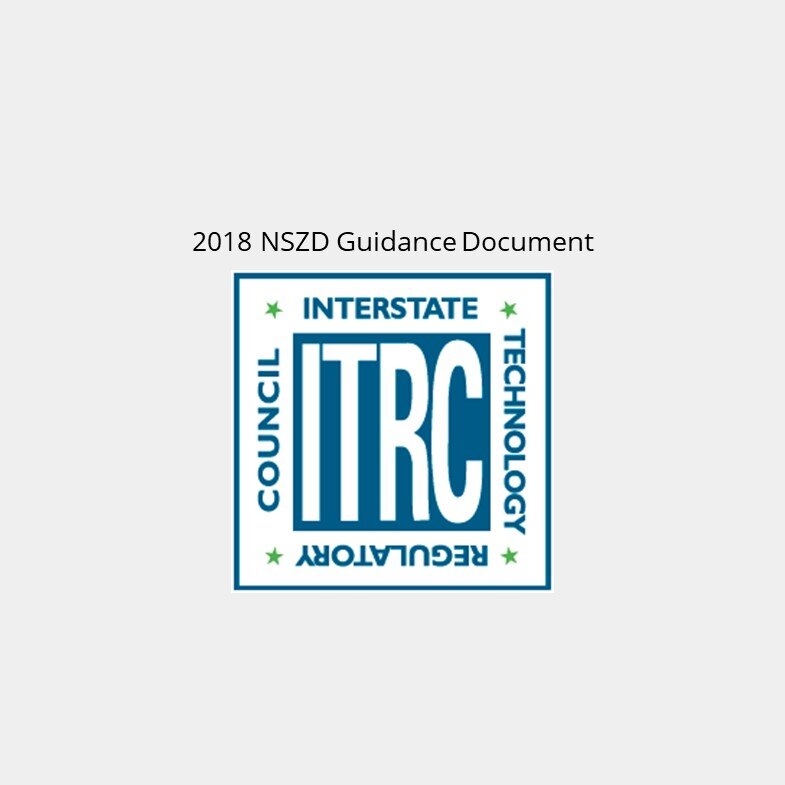Resources
Third Party Publications Webinars R&D Fossil Fuel Trap Resources
After more than a decade of NSZD, this 2024 document is a great primer on the subject. Short , concise with five case studies of hard data using E-Flux Fossil Fuel Traps and other methods. A recommended read for new and seasoned readers interested in NSZD.
Read the full document.
Radiocarbon allows differentiating between CO2 from fossil fuel origin, from that of non-contaminant related sources.
ESTCP Report: Post-Remediation Performance Assessment at a Petroleum Impacted Site
CRC Care, an independent organization dedicated to the remediation of contaminated soil, water, and air; published on March 2020 its technical report no. 47 about a comparison of NSZD to active remedies on six LNAPL contaminated sites.
Remedy Operation Status Report and Remedial Monitoring Report for an LNAPL contaminated site in Northeastern USA
A Study at a Large Oil Spill in an Urban Site in the North East USA Demonstrates the Use of Radiocarbon Analysis to Accurately Measure NSZD Rates
CL:AIRE, a non-profit organization in the UK, published Technical Bulletin 20 (TB20): An Introduction to Natural Source Zone Depletion at LNAPL Sites. The document is short but concise, a bird-eye’s view on NSZD.
The role of natural source zone depletion in the management of light non-aqueous phase liquid (LNAPL) contaminated sites
This is a state of the practice document geared towards the implementation of techniques and development of site-specific plans. Published by an Australian independent organization.
See the publication.
The ITRC 2018 LNAPL document updates include natural source zone depletion (NSZD) rate measurement techniques, LNAPL transmissivity, remediation technologies, sheens, and others.
See the publication.
The FRTR has published an excellent natural source zone depletion (NSZD) write-up, as an In Situ Biological Remedy within their Technology Screening Matrix.
See the publication.
This document summarizes new developments in the area of natural source zone depletion (NSZD) and reviews key tools for evaluating the practicability of Total Petroleum Hydrocarbons (TPH) and LNAPL recovery.
See the publication.
This important guide is focused on the quantification of NSZD through the measurement of CO₂ efflux, and acknowledges the important role of carbon isotope analysis in this NSZD quantification.
Get the publication from API’s website.















